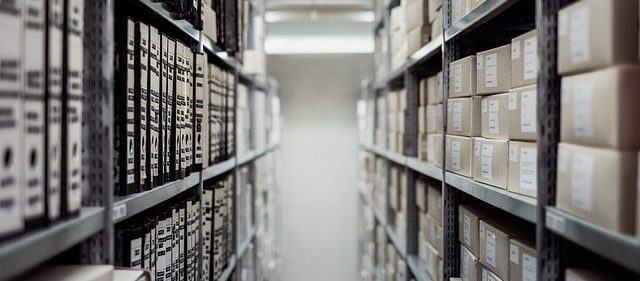
“What Are the Hidden Costs of Stockouts?”
Stockouts in your company can be directly correlated with one word: loss. The hidden costs of stockouts are ultimately the profit you should be making during the time an order is placed, but can’t be filled right away due to lack of inventory. Stockouts are expensive and difficult to manage. You may think that the only way to prevent a stockout is to have an excess of material in stock. There are easier ways of making sure you are carrying the right amount without carrying too much. In order to be competitive in the market, companies need to be able to determine appropriate stock amounts.
When your company experiences stockouts, it is synonymous with bad/lack of inventory allocation methods. Without a process to monitor and predict inventory, you will experience incorrect inventory amounts at the wrong times. These irregularities are a contributing factor to stockouts. Because these important, time-sensitive processes aren’t in place, there will always be an increase in inventory planning time. You aren’t able to think ahead because you are too distracted with your present situation. You will see an increase in back orders because of your raising demand from customers. Simply put, you can’t keep up. While spending too much time worrying about factors that should be able automated, you are ultimately contributing to a decrease in total revenue.
The bottom line when it comes to stockouts is loss:
- Loss in time – With a high customer demand and a poor planning strategy, you will constantly be losing time planning orders. Planning procedures that aren’t optimized take up valuable time. You will constantly be searching for better information, without actually being able to find it.
- Loss in customers – Your customers will be fed up with waiting around and will get their orders fulfilled from a different vendor.
- Loss in productivity – You are wasting time working on processes that could otherwise be done automatically.
- Loss in inventory – Without proper planning, you will end up purchasing the wrong things for the wrong times, ending up with useless excess inventory.
- Loss of market competitiveness – Without requested product quantities and no turnaround, you will not be able to keep up with your competition.
- Loss in information – With no means of seeing into your future, it is nearly impossible to obtain the right information at the right time.
- Loss in revenue – Stockouts will result in lost sales and higher expedited shipping costs. Your ends will always outweigh your means.
Perhaps a different way to view the question “What are the hidden costs of stockouts?” could also be “How much is lost when you lose a customer? And how much will it cost to replace that customer?” Let’s face it; if you don’t have in stock what your customer wants, they will go to a different vendor for it. If that vendor is able to easily and quickly fill their order, chances are they will stick with that vendor.
By looking at certain factors that might help eliminate stockouts, you can bring yourself one step ahead of the game. Factors that play into being able to forecast the end result of a stockout could be: Do you sell commodity or specialty items? Are your customers business related or consumers? Who are your repeat customers and one-time purchase customers? What is your customer acquisition cost?
The experts at Third Wave Business Systems can help reduce stockouts by providing a seamlessly integrated advanced inventory planning solution for SAP Business One. You will find that implementing and working with a solution that automatically reduces inventory and eliminates stockouts will ultimately increase productivity, improve customer satisfaction levels, increase sales, and turn all of those “losses” into “wins”.

